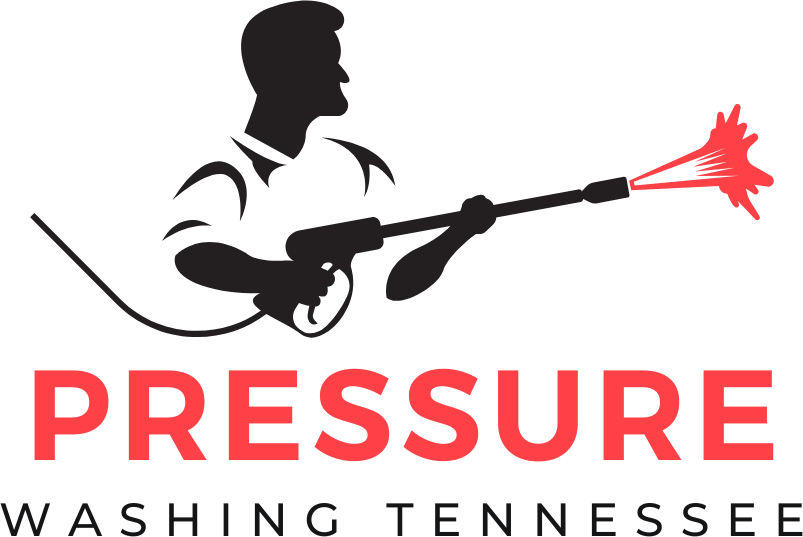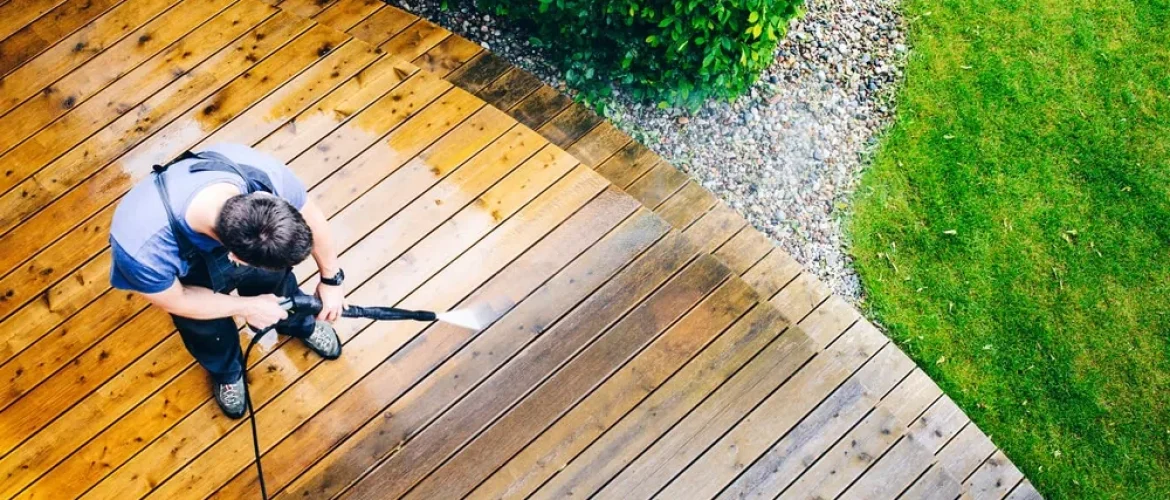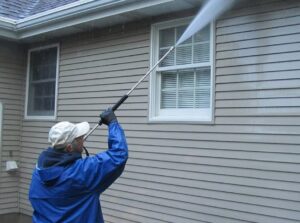Nothing beats relaxing on a spotless patio, but keeping it looking fresh isn’t always easy. I know how quickly grime, mold, and stubborn stains can take over, making even the most beautiful outdoor spaces feel neglected. That’s why pressure washing isn’t just a chore—it’s a game-changer for your home’s curb appeal and your peace of mind.
If you’re wondering how often you should pressure wash your patio, you’re not alone. I’ve seen firsthand how the right cleaning schedule can transform patios from dull and dirty to vibrant and inviting. Let me share why finding the perfect balance is key and how professional pressure washing services can save you time, effort, and money in the long run.
Factors That Influence Patio Cleaning Frequency
Several details play a big role in how often I should pressure wash my patio. I consider factors like the material, local climate, and how much the space gets used to keep everything looking its best.
Type Of Patio Material
The surface material is important when deciding on a cleaning routine. Concrete patios, for example, can handle more frequent pressure washing, while wood decks or natural stone require a gentler approach and longer intervals between cleanings. Composite materials often resist mold and stains better, so I can wait longer before washing.
Climate And Weather Conditions
Weather patterns in my area shape how quickly dirt and mildew build up. In rainy regions, patios stay damp and accumulate mold faster. Areas with lots of pollen or dust mean I’ll notice debris collecting sooner. Drier climates tend to slow down these problems, so I can wash less often.
Level Of Use And Exposure
Heavy use brings more dirt, spills, and stains. Patios I use for regular gatherings or where kids and pets play need more frequent attention. Shade from trees or overhangs can also increase mold and moss, while open, sunny spaces tend to stay cleaner longer.
Signs Your Patio Needs Pressure Washing
Patio surfaces start to look dull or faded after months of exposure to rain, sun, and foot traffic. Stains linger from spills or dropped food, especially in high-traffic areas or under outdoor furniture. Patches of green or black mold develop in shaded, damp corners. These growths not only affect appearance but also create slippery, unsafe spots.
Dirt and debris settle in cracks between pavers, bricks, or boards. Moss pushes up between stones, showing that moisture has created the right conditions for buildup. Discoloration from pollen, air pollution, or bird droppings becomes more noticeable, especially after stormy weather or seasonal changes.
If cleaning with a regular hose doesn’t restore brightness and grime stays visible, pressure washing removes deep-seated dirt and organic buildup in these situations. Grout or mortar lines on patios begin to darken, showing that contaminants have worked their way into hard-to-reach spots.
Outdoor odors linger, signaling the presence of mold or decaying debris. If I notice any of these signs, especially if patio furniture or decor leaves cleaner spots when moved, it’s time to pressure wash and restore the patio’s look and safety.
Recommended Pressure Washing Schedule
I keep my patio looking its best by following a consistent pressure washing routine. Sticking to a regular schedule helps prevent buildup, protect patio materials, and keep outdoor areas inviting year-round.
Seasonal Guidelines
Most patios benefit from pressure washing at least once every spring or fall. I focus on spring cleaning to clear away winter grime, salt, and algae that collect during cold months. A fall wash helps remove pollen, dust, and stains from summer use, preparing the surface for harsher weather. If I live in a region with mild winters or heavy pollen, I may choose to wash every spring and fall to keep the patio fresh.
Special Circumstances
Unusual events can mean I need to clean more often. After storms that leave mud, heavy pollen drops, or spill incidents, I schedule an additional wash. Shaded areas prone to mold or patios with frequent gatherings support more frequent cleaning, especially when pets or children play outside. I make adjustments quickly when I notice stubborn stains, slick spots, or lingering smells, ensuring my patio always stays safe and looking clean.
Tips For Effective And Safe Pressure Washing
Choosing the right pressure setting makes a big difference for patio cleaning. I always check the manufacturer’s guidelines for patio material before beginning, since concrete handles higher pressure, while wood and composite need a gentler touch. Using a nozzle with a wide spray pattern helps cover more area evenly and reduces the risk of gouging surfaces.
Keeping the wand moving prevents streaks and avoids damaging one spot. I start a little farther away from the surface, then gradually move closer to test the water pressure’s effect. Working from the house outward pushes dirt away from living spaces, making cleanup easier.
Clearing the patio of furniture, planters, and loose debris, like leaves and twigs, helps ensure nothing gets in the way. I sweep and rinse away fine dust, so the pressure washer can focus on deep cleaning stains rather than spreading grit.
Watching out for electrical outlets and covering them with waterproof tape helps avoid water damage. Wearing safety goggles and closed-toe shoes keeps me protected from flying debris.
Testing the pressure washer on a small, hidden patch first gives me confidence that the chosen settings won’t harm the patio. After washing, allowing the patio to dry completely helps reveal areas needing another pass or touch-up. I reassemble furniture only when everything’s dry to prevent staining or mildew.
Choosing the right cleaner based on stains helps boost cleaning results. For mold or mildew, I pick a solution made for patios, while for grease stains, I use a degreaser. I check labels to ensure each product fits the surface type, then rinse thoroughly to protect pets and plants.
Regular maintenance, like sweeping and promptly removing spills, keeps patio cleaning simple and makes each pressure wash more effective. By following these easy steps, I keep my patio looking refreshed and inviting every season.
Conclusion
Keeping my patio in top shape isn’t just about looks—it’s about creating a safe and welcoming space for family and friends. By paying attention to the signs that it’s time for a deep clean and sticking to a regular pressure washing routine, I can protect my investment and enjoy my outdoor area all year long. With the right approach and a little effort, my patio stays fresh, bright, and ready for every season.


